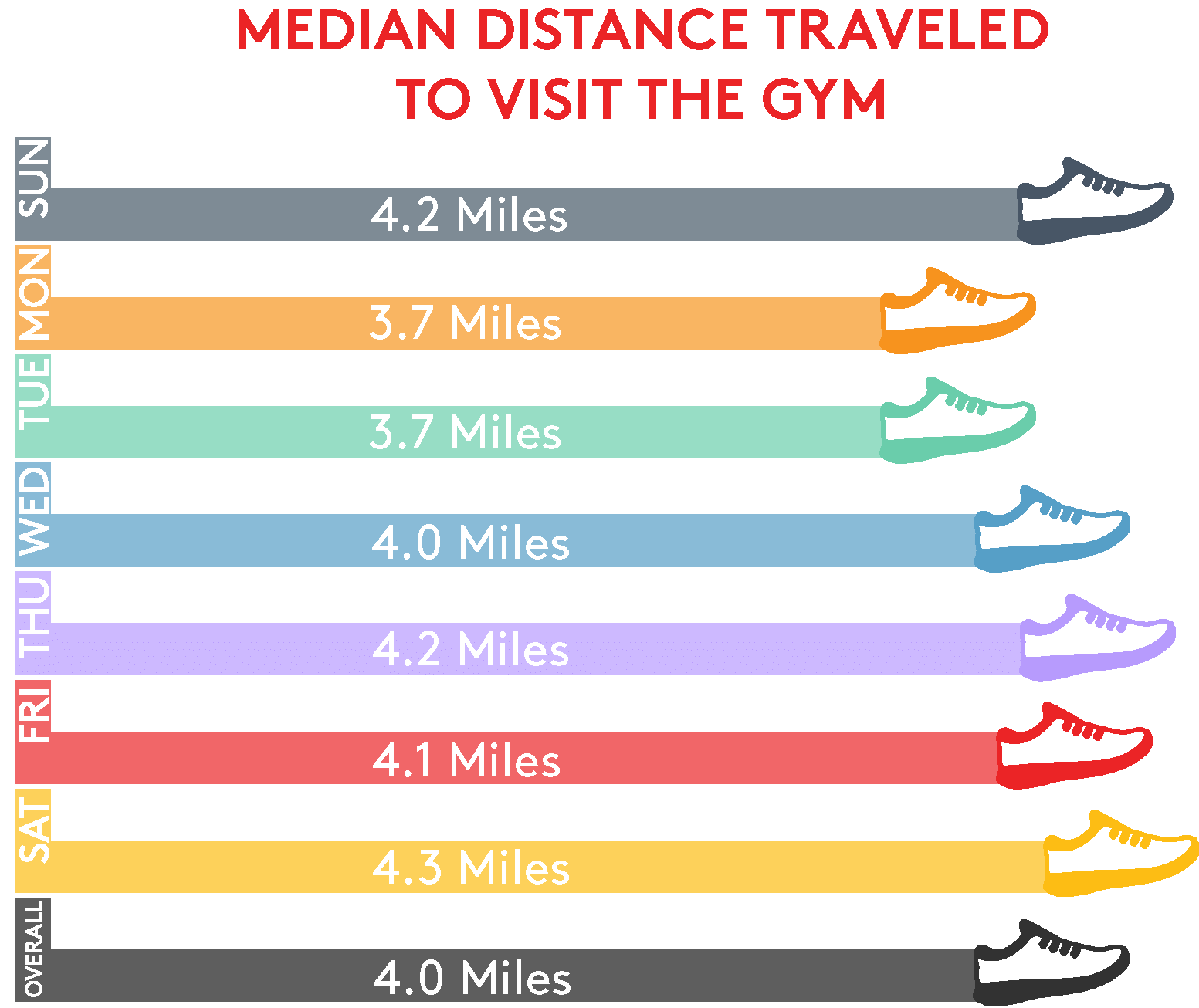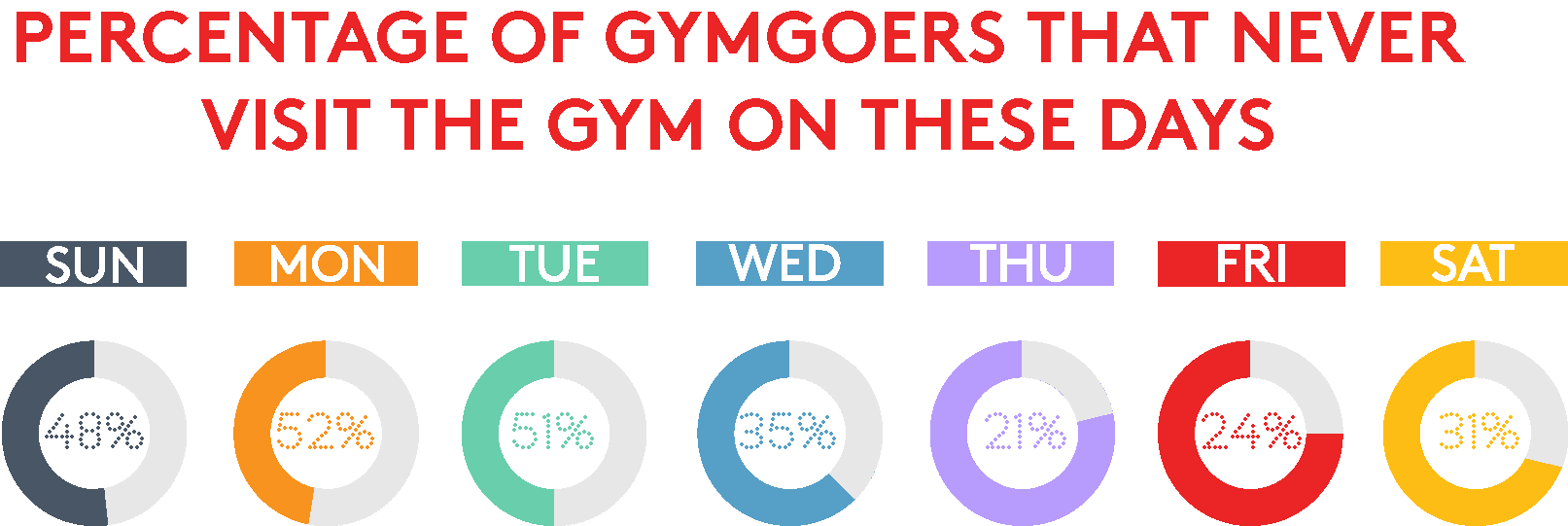What Gym Rats Can Tell Us About The Future Of Mobile Marketing
Not long ago, the digital marketing industry quietly crossed a significant milestone in mobile marketing. For the first time, unique identifiers were introduced to anonymously connect the location data of mobile phone users to digital behavior across all of their devices, enabling an array of new marketing possibilities.
According to Nielsen, the average on-target rate for mobile campaigns achieved parity with their desktop counterparts last year, opening the floodgates for mobile ad spending, which is accelerating and could reach $50 billion in the U.S. this year.
A handful of sophisticated data management and audience targeting platforms have elevated these capabilities to the next level, processing billions of transactions daily and using predictive algorithms to determine what consumers will be interested in, sometimes before they know it themselves.
Earlier this year, for example, the Dstillery data science team published a blog post detailing the increase in gym usage at the turn of the New Year. Using mobile devices as sensors, they observed the daily average number of unique visitors to popular gyms and boutique fitness studios, comparing those averages from the weeks before and after the New Year to understand patterns of behavioral change.
Our team took a closer look and observed anonymized location data from 7.5 million mobile devices seen at gyms nationwide over a four week span. The analysis revealed even more about the workout schedules of typical gym visitors, including the frequency of workouts, the types of gyms visited, and the distance traveled to get there.
How Far Will People Travel to Work Out?
Overall, the median distance people travel from home to the gym is 4.0 miles – longer on Saturdays (4.3 miles) and a bit shorter (3.7 miles) on Mondays and Tuesdays. In fact, 52% of gym-goers have never set foot in their gym on a Monday, compared to 21% who never go on Thursdays. Gym-goers travel further for higher priced gyms such as Equinox (5.7 miles) and Soul Cycle (5.5 miles), yet not as far for budget gyms like Planet Fitness (3.2 miles).
Days of the week matter too!
The days of the week also revealed some interesting findings. Over the month observed, 52% of gym-goers never set foot in their gym on a Monday. Those who did were traveling a bit shorter distance (a median of 3.7 miles) relative to other days of the week. We thought Mondays – after a weekend filled with good food and drink – would be an ideal day to get the body back in shape. The data tells a different story.
While the comings and goings of gym-goers may be of greater interest to health and fitness marketers than the rest of us, this is just one example of how using mobile devices as a location sensor and a layer on digital and physical signals can greatly enhance the picture we have of our audiences.
The depth and breadth of information that is now discoverable about consumers based on where they travel in the physical world and online, across all of their devices, is only the beginning of how communication and media strategies are set to change again, both in the digital and offline world.





